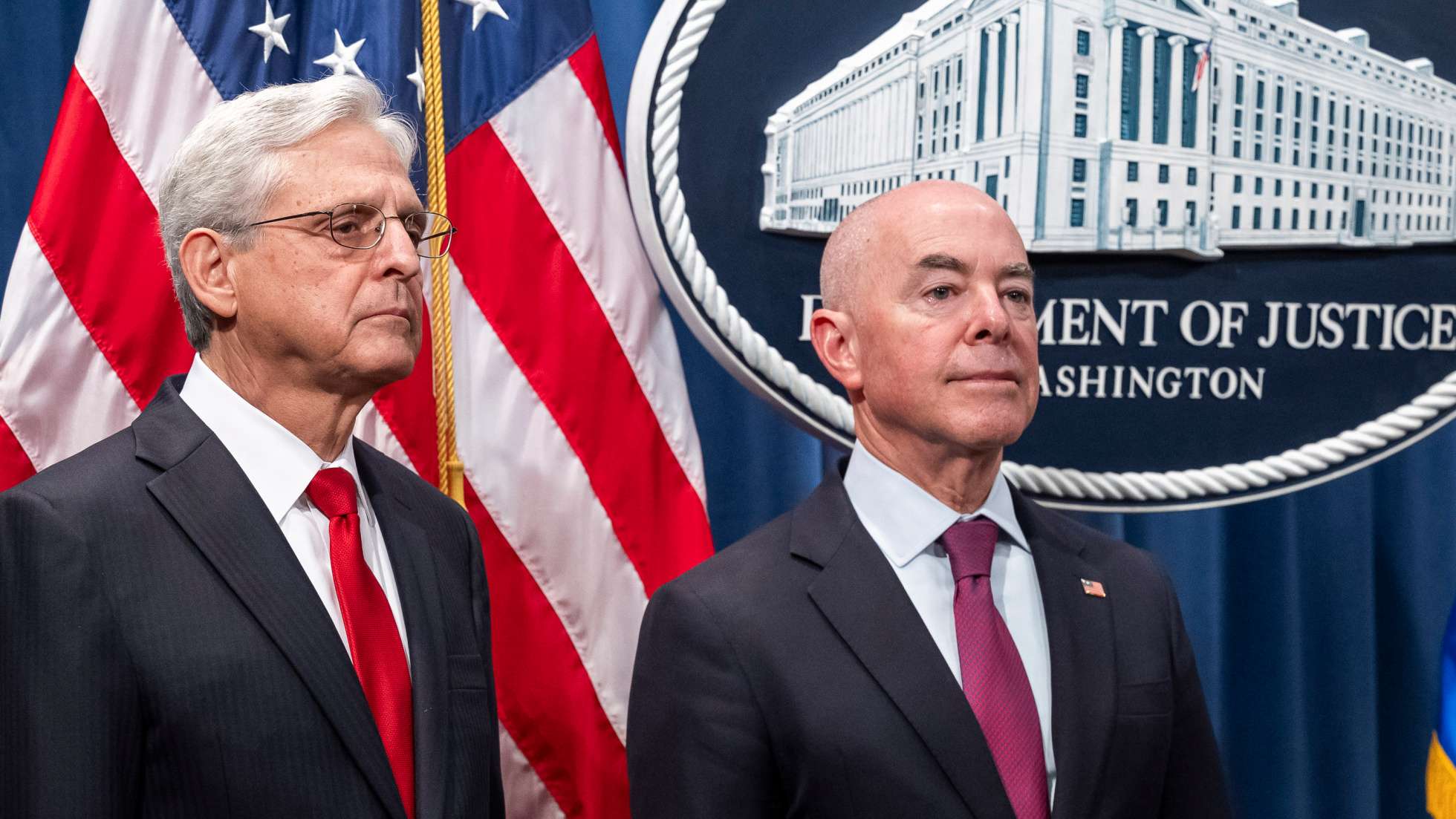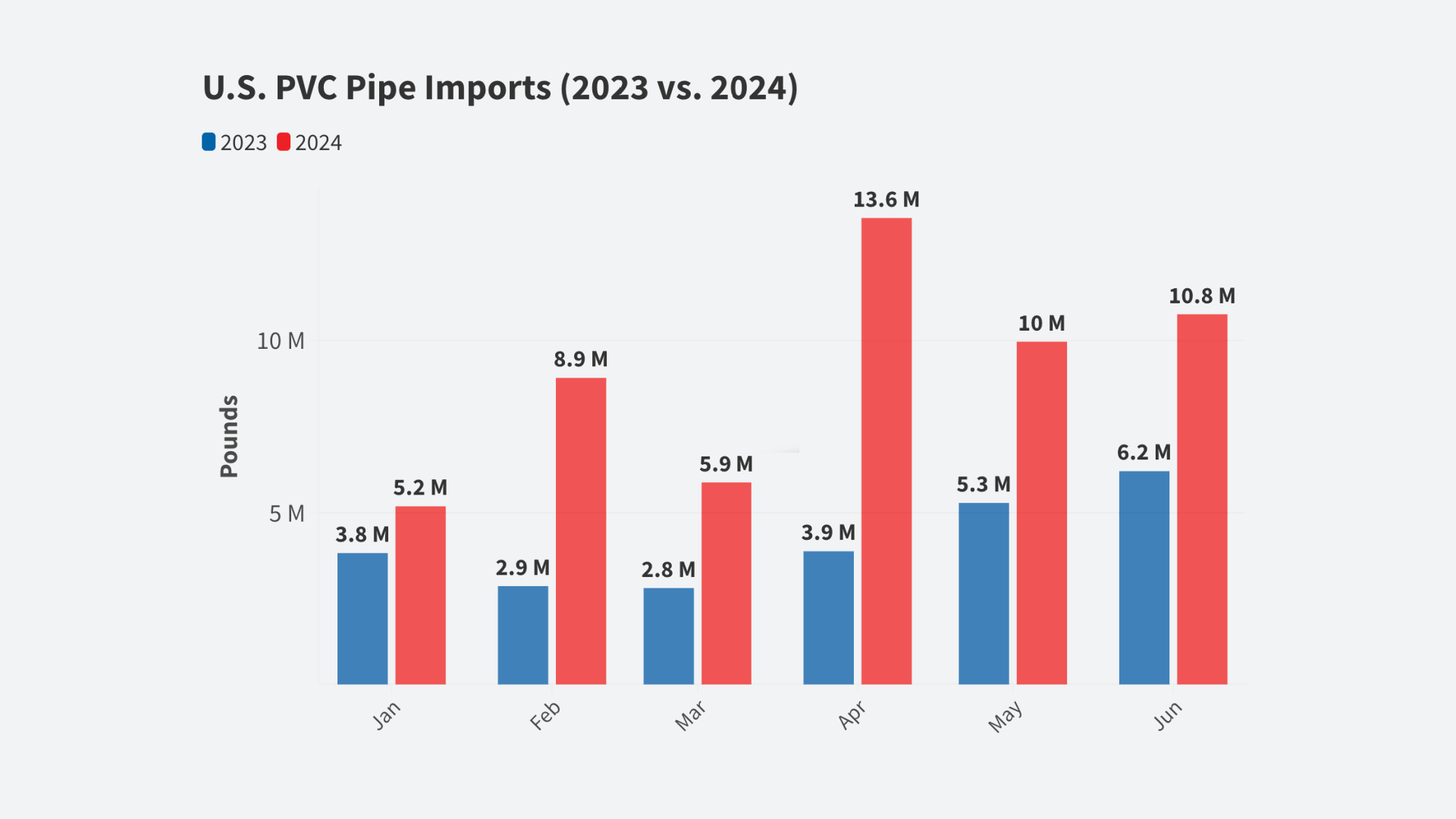Summary
- Sanctions on Russia are devastating to the Russian economy
- Power of the sanctions is due to concerted international action, not to the US role as world’s “reserve currency”
- U.S. economic power owes more to the size of U.S. economy than to dollar’s reserve status
- Dollar overvaluation continues to be a huge problem for U.S. industry and competitiveness
- Wall Street bankers’ claim that the dollar is the source of sanctions’ effectiveness is self-serving and untrue
- U.S. can take action to realign the dollar, improving trade competitiveness without affecting its role as reserve currency
Russia’s Pain
The impact of western sanctions, levied to punish Russia and degrade its ability to wage warfare, has been devastating. The collapse in the value of the ruble, the crippling of the Russian banking system, and the refusal of western companies to sell product to Russia will continue to put huge pressure on Russian living standards and, hopefully, undermine their support for Vladimir Putin’s violent regime.
Some commentators are saying this proves the value of the dollar’s role as the “reserve currency.” Some foreign policy hawks argue that the dollar’s pivotal role in the world economy is the key element making U.S. sanctions effective and the strong dollar is critical to the dollar maintaining that role.
That view is out of date. It was true in the 1960s and 1970s, when the dollar was the world’s only truly international currency and important commodities like oil were sold by countries that insisted on payment in dollars. But today’s world is more diverse and interconnected. While many commodities are still priced in dollars, international suppliers can if necessary accept payment in euros, pounds, or yen, and readily exchange those currencies into whatever currency or security suited them. Today’s world has much deeper and broader capital markets, which create many alternatives for buyers and sellers.
The power of today’s sanctions on Russia stem from a number of unprecedented features of these sanctions: the willingness of allied nations to work together, Russia’s reliance on imports, and ordinary Russians’ distrust of their own economy and the people who run it. The U.S. dollar is still the world’s dominant currency. But it is important to peel back the onion and understand what makes the dollar important and how that matters to America and the American people.
The sanctions consist of two major moves and a number of minor steps directed at individual people or companies. The two crucial major moves are the freezing of Russia’s foreign exchange reserves and the ejection of the majority of Russian banks from the SWIFT international financial settlements system. Together, these moves ignited an implosion of Russia’s entire financial system.
For years Putin has been building up Russia’s foreign exchange reserves, knowing he would one day precipitate a serious break with the west. As of March 4th, Russia had $643 billion in foreign exchange reserves. That is a huge amount of reserves, enough to pay for 30 months worth of Russian imports in normal times. (Most nations keep reserves worth 3-6 months of imports.) But coordinated action by the U.S., U.K., EU, Japan, and others froze $388 billion or 60% of these reserves. These reserves were sitting in banks in New York, London, Zurich, and elsewhere and Russia was instantly deprived of access to them.
Stanford economist Michael Bernstam has pointed out that the modern digitalization of financial assets played a role in the effectiveness of the lockdown of the Russian central bank’s assets, because western central banks can block the sale of those assets in the west even if they are held in a Russian bank. But the fundamental reason for the success of this effort is that allied nations acted together. If the EU had refused to go along with the U.S., Russia might have been able to use its reserves in EU-based banks to support the ruble or purchase imports. The euro today accounts for 20% of reserves held by global central banks. But the EU was rock-solid on imposing financial sanctions quickly and effectively.
The other critical move was ejecting Russia’s leading banks from the SWIFT system of international payments. SWIFT is a consortium of some 11,000 global banks exchanging messages that enable the successful completion of some 32 million international payments daily. Although the banks own SWIFT, the central banks of the G-10 nations have an oversight role and heavy influence on policy. Here again, it was the major nations acting together that enabled a rapid agreement on the ejection of Russia’s leading banks from the system, denying them access to payment for Russia’s exports and any other financial transfers.
These sanctions were particularly devastating because Russia has a recent history of economic chaos. In the 1990s, Boris Yeltsin’s presidency led to chaos, including skyrocketing inflation, widespread industrial shutdown, mass unemployment, and a fall in GDP of 50%–a more severe contraction than the 1930s Great Depression. Expectations by international investors and ordinary Russians that the ruble would collapse quickly turned into a self-fulfilling prophecy as Russians scrambled to get hold of dollars or euros.
The ruble immediately plunged by some 30%, a huge fall for a $1.7 trillion economy with a $30 billion-plus surplus in its trade and current accounts. But with memories of the Yeltsin-era inflation, Russians besieged their banks seeking to get their hands on their money. Dollars are unavailable. So they have been withdrawing rubles and trying to buy virtually anything they can. According to one amused salesperson at an electronics store quoted in the Financial Times: “It’s been like Christmas for us. People are ready to buy things even though we have been raising prices every few hours based on the forex situation.”
Effectiveness of Sanctions
The sanctions are working not because of the role of the dollar but because all nations with major currencies have acted together and because Russia’s economy was already fragile in the eyes of its own citizens.
Prior to today’s Russia confrontation, the U.S. had developed secondary sanctions and used them quite effectively against Iran. These are sanctions against foreign businesses that do business with Iran in violation of U.S. sanctions. The threat of losing business in the U.S. poses a stark choice to foreign companies between doing business in Iran or continuing to do business in the U.S.
Many non-U.S. companies have abandoned business with Iran in the face of these secondary sanctions. According to the Iranwatch website, the list includes large multinationals such as France’s Air Liquide, Germany’s Deutsche Bahn, and Italy’s Danieli.
The power of both kinds of sanctions (financial and business-related) stems directly from the size and power of the U.S. market, not the importance of the dollar. The U.S accounts for 24% of global GDP and its $2.8 trillion of imports last year makes it the world’s largest importer and leading market for many international companies.
Wall Street bankers like to claim that the central role of the dollar is the reason for our sanctions’ effectiveness but this is little more than self-promotion used by financial professionals to confuse the non-financially literate and exaggerate the importance of their industry.
Foreign exchange value of the dollar is too high
In times of war, uncertainty, and recession, the dollar is international investors’ preferred currency. As one trader told the Wall Street Journal recently: “The dollar is a safe haven; it has the biggest economy, the strongest bonds, and the largest military.”
The dollar was 16.6% overvalued at the start of this year, according to CPA’s latest study of the subject. Since the start of the Russia-Ukraine crisis, the dollar has risen a further 1.7% as measured by the broad dollar index (DTWEXBGS). Against the euro, the dollar has risen 4% to $1.09 to the euro. According to some estimates, a fair value against the euro might be in the $1.30s, so the dollar is some 20%-30% overvalued compared with the euro. Not surprising that last year the U.S. chalked up a record $220 billion goods trade deficit with the European Union.
A rising dollar makes it even harder for U.S. manufacturing industry and U.S. farmers to compete internationally. It hurts our exports. Even worse, it causes U.S. producers to lose share to imports in our huge home market. Once upon a time, currencies moved in response to trade flows. But today financial flows have become the tail that wags the dog. The financial attractions of the dollar in a troubled world drive the dollar up to levels that undermine the real economy of real goods and services produced by U.S. workers.
Market Access Charge for a competitive dollar
This is why CPA has supported the Market Access Charge as a new tool federal authorities can use to manage the dollar and steer it to a competitive level. Most nations in the world manage their exchange rate. It is too important to be left to financial markets that dash from fear to joy and back again like a manic depressive teenager. Businesses need to plan over a multiyear timeframe and a persistently overvalued currency undermines the prospects of every competitive business. Our estimates show that a competitive value for the dollar would create 4.9 million jobs and generate dramatic growth in competitive manufacturing sectors like automobiles and machinery.
Some MAC critics have said reducing the exchange value of the dollar will reduce the dollar’s role as a reserve currency. But the dollar’s role in reserves and payments for trade is due to its wide use, bankability, and the deep, highly liquid market for dollar investment vehicles, especially U.S. Treasury bonds. It is not linked to any specific value for the dollar. It could even be the case that the dollar would be in greater demand as a reserve currency if the U.S. government was using the MAC to reduce dollar volatility. In any case, the dollar’s role as a reserve currency has been declining gradually in recent years, reaching a 25-year low according to the IMF.
Some Cassandras in the financial community and the press worry that China might react to the declining role of the dollar, or the more aggressive U.S. sanctions policy, by promoting the renminbi as an alternative reserve and payments currency. China would like to be more independent of America’s international power. But in the financial arena, it is simply unwilling to allow the renminbi to become independent and predictable enough to appeal to investors that are not politically motivated to ally themselves with China. China is also unwilling to allow the creation of a large, deep pool of investable assets such as government bonds that would make renminbi assets a reliable holding in times of uncertainty.
In conclusion, the Russia-Ukraine war shows once again that the greatest asset the U.S. has is its $23 trillion economy and in foreign policy relations with willing allies. Its priority must be to accelerate the growth of the U.S. economy and ensure the benefits are widely shared among all Americans regardless of race, gender, or social class.













